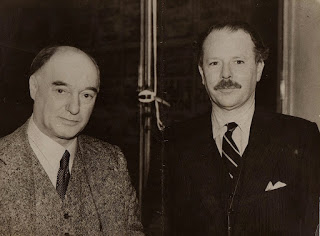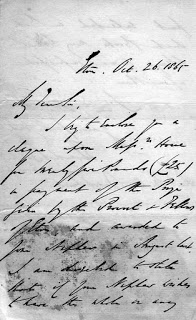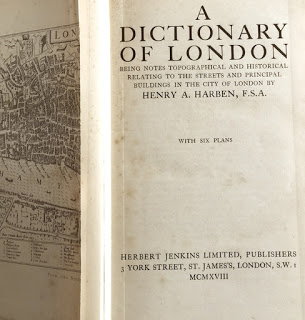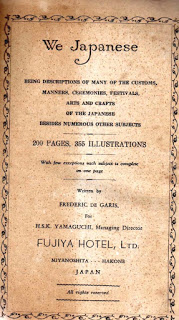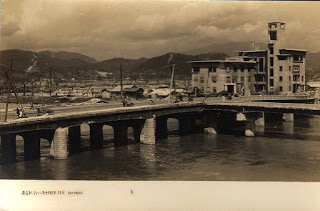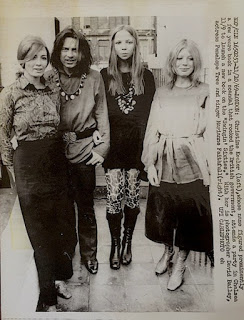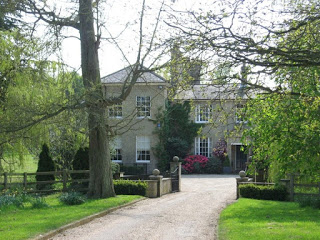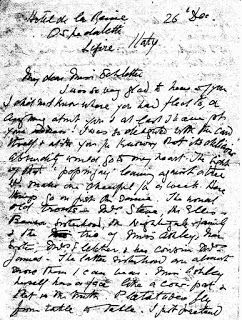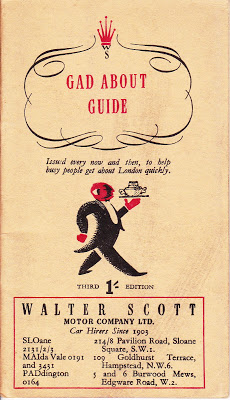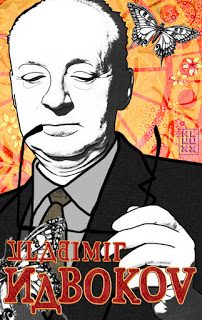
Found in - Vladimir Nabokov: a Descriptive Bibliography by Michael Juliar (Garland, N.Y. & London 1986) this description of Nabokov's first book.
A1 [UNTITLED]A1.1 First edition, in Russian: 1914
Title-page: Untitled. Privately printed. 1914./
binding: Brochure or folded sheet, possibly in violet paper cover.
Contents: One poem.
Note: Non-extant. There is speculation that this item never existed and that Nabokovian memory is in error.
We may never know for sure.
Online, an article Vladimir Nabokov and William Shakespeare by Philip F. Howerton is quoted where he writes '...in 1914 he published his first work, a small book of poems in a lilac folder. It carried an epigraph from Romeo and Juliet.' Whether Howerton had seen the book or this is some other work is not quite clear but the colours (violet / lilac) would indicate it is VN's first work - A1 in the canon.
The whole thing is reminiscent of the enigma around Joyce's first book Et Tu Healy (possibly Parnell) which we dealt with in some depth at the late Bookride. There are no copies known of this book said to have been written by Joyce when he was 9 and published by his proud father in 1891. With some authors their first book is known in only a few copies - Machen's Eleusinia (1881) in only one copy (according to Ahearn*) and Byron's Fugitive Pieces (1806) in just 3 copies and William Carlos Williams Poems (1909) (according to Ahearn again) exists only in 2 copies in the first state**. It goes without saying that these are all of extremely high value…
* Allen and Patricia Ahearn. Book Collecting. (Putnam's NY 2000)
** You need a comma in line 5...

